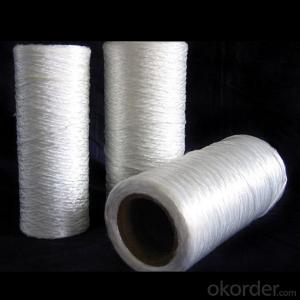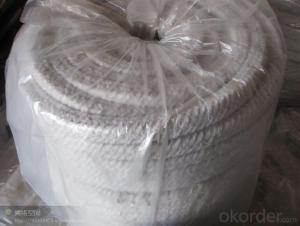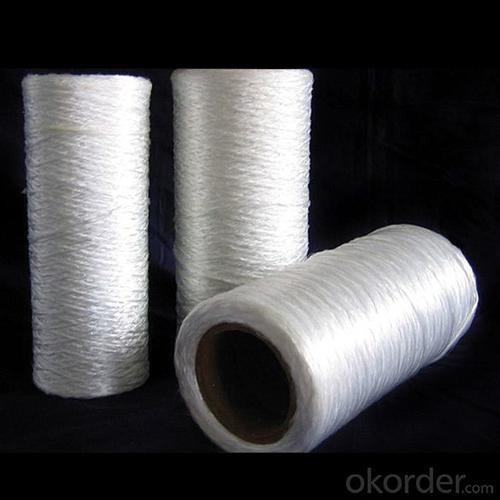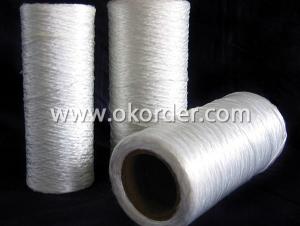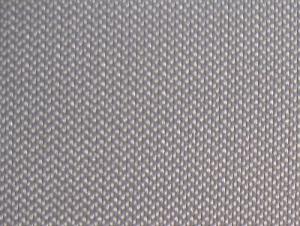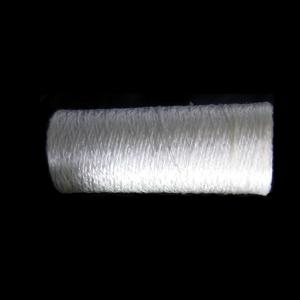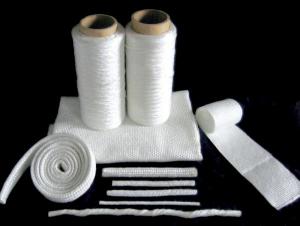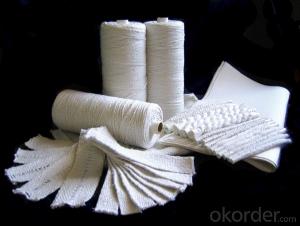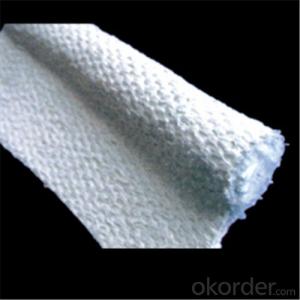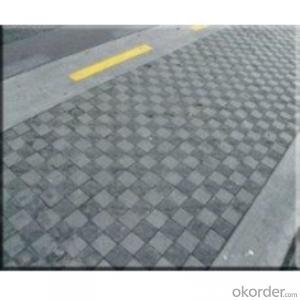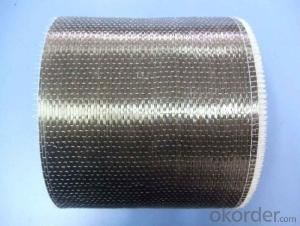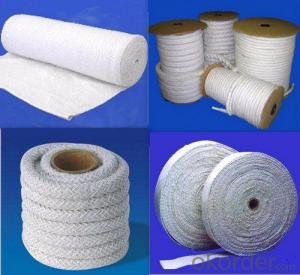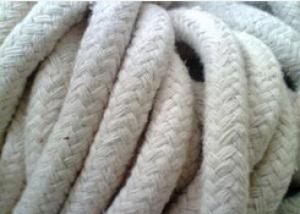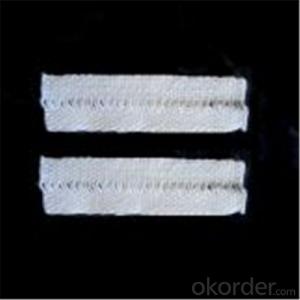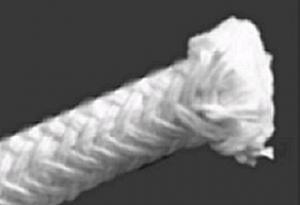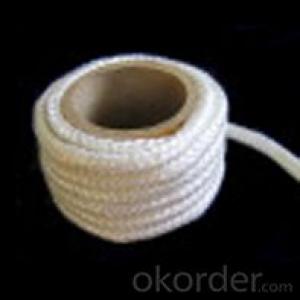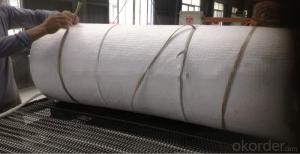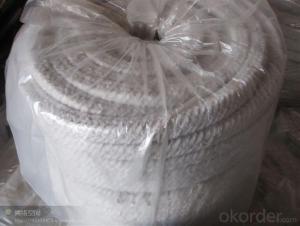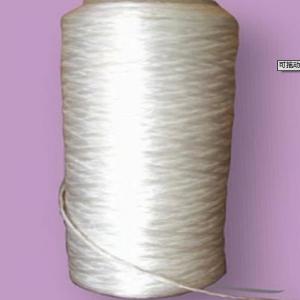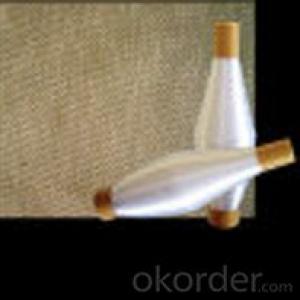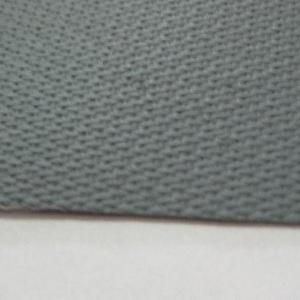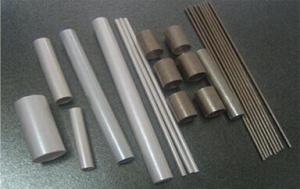Glass Fiber Textiles Fire Ceramic Fibre Round & Square Ropes 2024
- Loading Port:
- Shanghai
- Payment Terms:
- TT OR LC
- Min Order Qty:
- 10 m.t.
- Supply Capability:
- 100 m.t./month
OKorder Service Pledge
OKorder Financial Service
You Might Also Like
Quick Details
| Place of Origin: | China (Mainland) | Application: | Refractory | Working Temperature: | 450,1000,1260 |
| Fiber Diameter: | 15,20 | Model Number: | Fabric,Round woven rope, | Organic content: | ≤15 |
| Bulk Density (Kg/m3):: | 500±30 |
Packaging & Delivery
| Packaging Detail: | pp woven bag or carton box |
| Delivery Detail: | 25days |
Specifications
high quality bio soluble ceramic blanket
Specifications
Fine tensile strength
Fine high-temperature strength
Good at heat insulation
Low heat conduction ration
Fine tensile strength
Fine high-temperature strength
Good at heat insulation
Low heat conduction ration
PROCESSING:
Fibre Sennit: It includes core rope and outer warp. The core rope contains aluminosilicate fibre yarn and blanket strip etc. The outer wrap is weaved by using glass fibre or refractory alloy silk according to temperature and condition used.
Fibre wringed rope: It is wringed by multilayer aluminosilicate fibre silk which are strengthen by glass fibre and refractory alloy silk.
Fibre quit: It is bound up by glass silk fibre fabric using aluminosilicate disperse cotton as raw material. According to temperature and condition used, it can be used at the condition which can not be used by other aluminosilicate products.
TECHNICAL SPECIALITY:
Good heat resistance. The ceramic fibre fabric, which strentgth is increased by refractory alloy silk , can be used at 1000°Ccontinuously.
High quality of antacid, oil resistance and water vapor resistance
High quality of electric insulation
Fine tensile strength
Fine high-temperature strength
Good at heat insulation
Low heat conduction ration
Innocuity and harmless, not polluting environment.
APPLICATION:
Heat insulation for high-temperature pipeline and container
Kiln screen and shade
Receive spark reel door
Seal of kiln and stove door
High-temperature safety
Fireproofing coil door
Making compound materials
Safety of cable of fuel pipeline
Bag and cover for fireproofing
SPECIFICATIONS FOR THE FIBRE ROPE,STRAP,QUILT,FIBERGLAS FABRIC OF ALUMINOSILICATE:
Name | Fabric | Strap | Round woven rope | Square woven rope | Yarn twist rope | Topes twisted rope | |
Classfication Temperature(°C) | 1260 | ||||||
Density(Kg/m3) | 500±30 | ||||||
Organic content | ≤15 | ||||||
Suggest Using Temperature(°C) | 450 (Glass fiber reinforced) 1000 (Heat resistance alloy silk reinforced) | ||||||
Burning amount (800°C)% | 12±2 | 12±2 | 12±2 | 12±2 | 12±2 | 8-10 | |
Size(mm) | 30*1*2 30*1*3 | 30*20*2.3 | φ15 φ20 | 20*20 | φ15 φ20 | φ20 | |
- Q: Can glass fiber textiles be used for reinforcement purposes?
- Yes, glass fiber textiles can indeed be used for reinforcement purposes. Glass fiber textiles are made from thin strands of glass that are woven together to form a fabric-like material. This material has excellent tensile strength, meaning it can withstand a significant amount of pulling force without breaking. This makes it ideal for use in reinforcing various materials and structures. Glass fiber textiles are commonly used in the construction industry to reinforce concrete structures such as walls, beams, and columns. When added to concrete, glass fiber textiles increase its tensile strength and prevent cracking and failure under stress. They are also used in the manufacturing of composite materials, such as fiberglass, where they provide reinforcement and enhance the strength and durability of the final product. Glass fiber textiles are preferred over other types of reinforcements, such as steel bars, in certain applications due to their non-corrosive nature. Unlike steel, glass fiber textiles do not rust or degrade in the presence of moisture or chemicals, making them suitable for use in environments with high humidity or exposure to corrosive substances. Additionally, glass fiber textiles are lightweight and flexible, making them easier to handle and install compared to other reinforcement materials. Their versatility allows them to be used in a wide range of applications, including automotive parts, aerospace components, boat hulls, and even in the manufacturing of sports equipment. In summary, glass fiber textiles are highly suitable for reinforcement purposes due to their high tensile strength, non-corrosive nature, lightweight, and flexibility. They are extensively used in various industries to enhance the strength and durability of materials and structures.
- Q: Can glass fiber textile be used in oil and gas pipelines?
- Yes, glass fiber textiles can be used in oil and gas pipelines. Glass fiber textiles are known for their high strength and corrosion resistance, making them suitable for various applications in the oil and gas industry. Glass fiber textiles can be used as reinforcement in composite pipes for oil and gas pipelines. These composite pipes combine the strength of glass fiber with the corrosion resistance of other materials, such as epoxy or thermoplastic resins, to create a durable and long-lasting pipeline solution. The use of glass fiber textiles in oil and gas pipelines can help reduce the risk of corrosion and increase the overall lifespan of the pipeline, making it a viable option for the industry.
- Q: How do glass fiber textiles affect glare reduction?
- The unique properties of glass fiber textiles make them highly effective in reducing glare. These textiles consist of thin glass strands that are woven or knitted together to form a fabric. The glass fibers are reflective and have a smooth surface, which enables them to scatter and diffuse light effectively. When light interacts with the glass fiber textile, it scatters in multiple directions rather than being directly reflected into the viewer's eyes. This scattering of light reduces glare and ensures a more even distribution of light, resulting in a visually pleasing and comfortable environment. Glass fiber textiles find applications in various areas where glare reduction is essential. They can be used as window coverings, blinds, and sunshades to block and diffuse sunlight, preventing excessive brightness and glare from entering a room. This is particularly beneficial in spaces like offices, schools, or homes with large windows, where glare can be problematic. Moreover, glass fiber textiles are also utilized in the manufacturing of screens and displays, such as those found in electronic devices or outdoor digital billboards. By incorporating these textiles into the screen or display, the glare caused by ambient light can be significantly minimized. This enhances visibility and improves the overall viewing experience. In conclusion, glass fiber textiles play a vital role in reducing glare due to their reflective and light-scattering properties. They effectively disperse light, reducing glare intensity and creating a more comfortable visual environment. These textiles can be utilized in various applications, including window coverings and screens, to provide effective glare reduction.
- Q: How do glass fiber textiles contribute to thermal conductivity?
- Thermal conductivity is influenced by glass fiber textiles as they provide insulation. Glass fibers possess a low thermal conductivity, which implies that they do not excel at conducting heat. When incorporated into textiles like insulation blankets or fabrics, glass fibers establish a barrier that hinders the movement of heat between distinct areas or surfaces. This insulation characteristic aids in diminishing heat loss or gain in structures, vehicles, or other applications where temperature regulation is imperative. Moreover, glass fiber textiles can augment the effectiveness of other materials by adding an additional layer of thermal insulation. On the whole, the utilization of glass fiber textiles contributes to thermal conductivity by lessening heat transfer and enhancing energy efficiency.
- Q: How do glass fiber textiles contribute to abrasion resistance?
- Glass fiber textiles are able to contribute to abrasion resistance due to the provision of a robust and long-lasting protective layer. The exceptional properties inherent in glass fibers, such as their elevated tensile strength and hardness, grant them a remarkable ability to resist the effects of wear and tear induced by friction or rubbing. When meticulously woven into a textile structure, these fibers create a densely-packed and closely interconnected composition that can endure repeated abrasion without succumbing to tearing or fracturing easily. Furthermore, the low coefficient of friction exhibited by glass fibers ensures the creation of a smoother surface, thereby diminishing the probability of getting snagged or entangled on jagged surfaces. This combination of strength, durability, and reduced friction renders glass fiber textiles an exceptional choice for applications necessitating heightened resistance to abrasion, such as protective clothing, industrial fabrics, and reinforcement materials in composites.
- Q: Can glass fiber textile be used in prosthetics?
- Yes, glass fiber textile can be used in prosthetics. It is commonly used in the construction of prosthetic limbs due to its lightweight, strong, and durable properties. Glass fiber textile materials provide structural support, allowing prosthetics to be more comfortable and functional for individuals in need of artificial limbs.
- Q: Can glass fiber textiles be used in reinforcement?
- Yes, glass fiber textiles can be used in reinforcement. Glass fiber textiles are commonly used as reinforcement materials in various industries such as construction, automotive, and aerospace. They offer excellent strength, durability, and resistance to corrosion, making them ideal for reinforcing structures, composite materials, and other applications where enhanced strength and stability are required.
- Q: How do glass fiber textiles contribute to chemical stability?
- Glass fiber textiles contribute to chemical stability by being highly resistant to chemical attack. The glass fibers used in textiles are chemically inert and do not react with most chemicals, acids, or alkalis. This makes them ideal for applications where chemical resistance is required, such as in chemical processing plants, laboratories, or in protective clothing. Additionally, the non-porous nature of glass fibers prevents the absorption of chemicals, ensuring that they do not degrade or weaken over time.
- Q: Can glass fiber textile be recycled?
- Yes, glass fiber textile can be recycled. Glass fibers can be melted down and used to make new glass products or spun into new textile materials. The recycling process involves collecting and sorting the glass fiber textiles, removing any contaminants, and then processing them through a heating and melting process. This melts the glass fibers, allowing them to be formed into new products. Recycling glass fiber textiles helps to conserve resources, reduce waste, and minimize the environmental impact of the textile industry.
- Q: How do glass fiber textiles resist chemicals?
- Glass fiber textiles resist chemicals due to the inherent properties of glass, which is highly resistant to corrosion and chemical reactions. Additionally, the manufacturing process of glass fiber textiles involves coating the fibers with a protective finish, further enhancing their resistance to chemicals. This combination of glass's natural resistance and the additional protective coating enables glass fiber textiles to withstand exposure to a wide range of chemicals without deteriorating or losing their structural integrity.
Send your message to us
Glass Fiber Textiles Fire Ceramic Fibre Round & Square Ropes 2024
- Loading Port:
- Shanghai
- Payment Terms:
- TT OR LC
- Min Order Qty:
- 10 m.t.
- Supply Capability:
- 100 m.t./month
OKorder Service Pledge
OKorder Financial Service
Similar products
Hot products
Hot Searches
Related keywords
